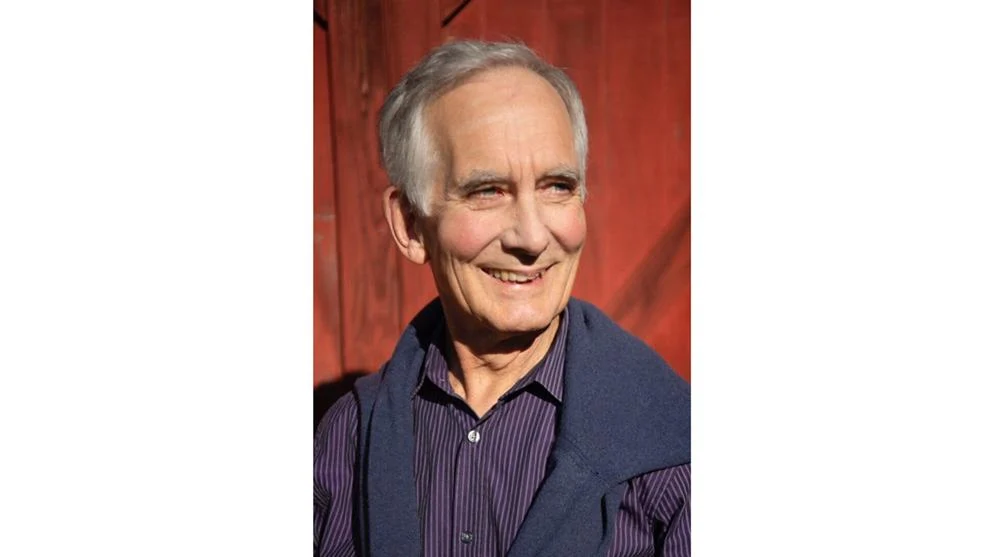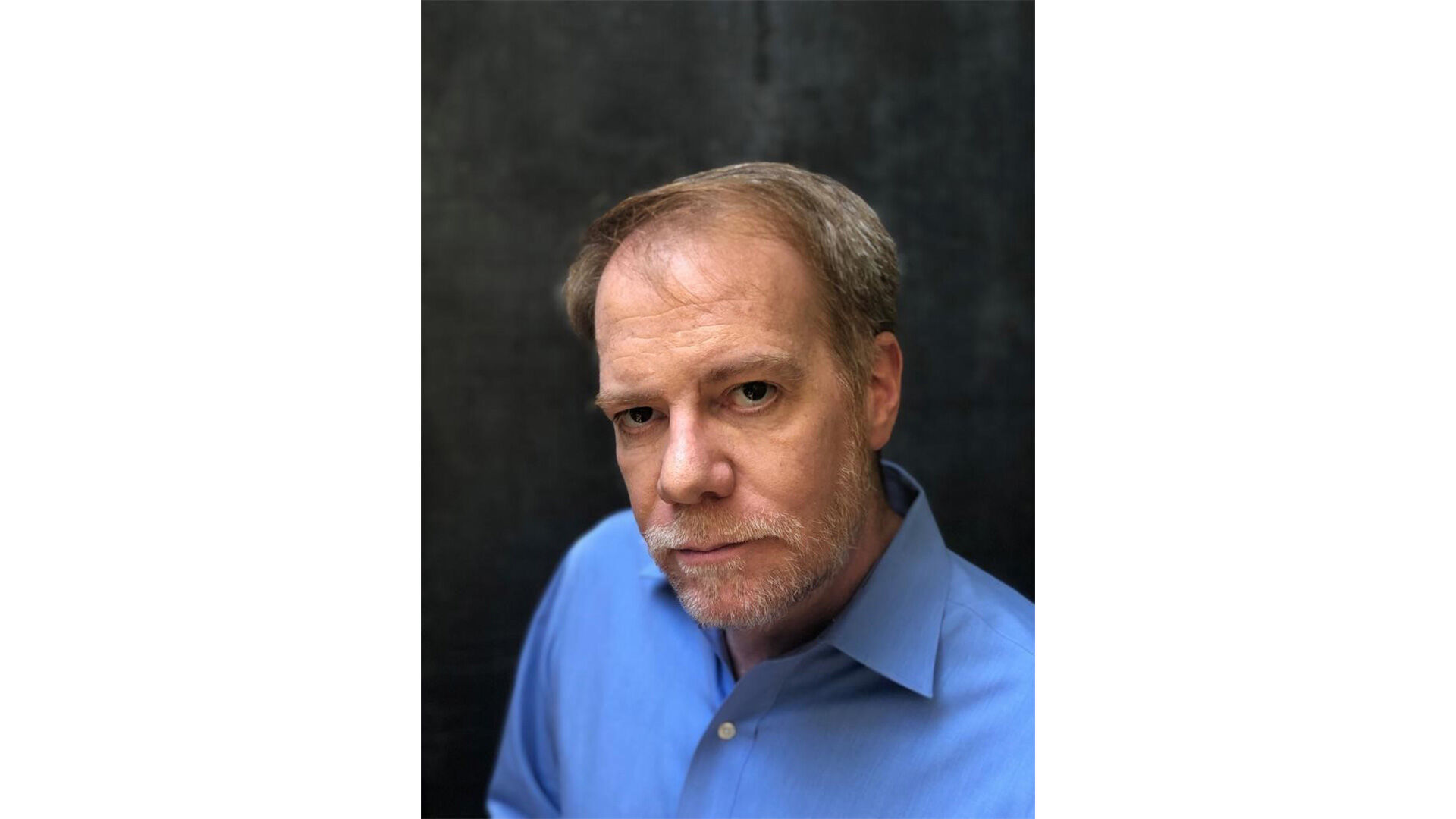Andy Grundberg will discuss his new photography book next Friday evening
Throughout his life, Andy Grundberg has pursued two passions: outdoor activities in rural areas, and cutting-edge art events in urban settings.
Grundberg told me that he is often outside — hiking, biking, fixing things or caring for the land — at the Slate Mills home he shares with his wife, photography curator Merry Foresta. “I have always cared about the aesthetics and efficient function of my environment,” he said.
At the same time, for decades Grundberg has been a well-known author and commentator about events featuring photography and the visual arts. He is a former art critic and photography columnist at The New York Times, and his essays and reviews continue to appear in numerous publications.
Grundberg may be best known locally as an educator and arts manager. He was dean of undergraduate studies and a member of the faculty at the Corcoran College of Art and Design, which is now part of George Washington University, where Grundberg is professor emeritus.
He also was curator of two of the most popular exhibitions ever launched at the Smithsonian’s American Art Museum: “Annie Leibovitz: Pilgrimage” in 2012, and “Ansel Adams, A Legacy” in 1998.
Grundberg will share stories about his years in the arts at 7 p.m. on Friday, May 13, at the RAAC Community Theatre in Little Washington. The focus will be his recent book, “How Photography Became Contemporary Art.”
The program will feature a conversation between Grundberg and Philip Kennicott, the Pulitzer Prize-winning Art and Architecture Critic of The Washington Post. Kennicott is also a distinguished author and a frequent participant in national and international symposia. He splits his time between Washington, DC, and a home near the town of Washington.

Philip Kennicott (Courtesy/Photo)
The conversation is likely to be lively and somewhat personal. What I enjoyed most about Grundberg’s book is that it is not an academic treatise. Rather, it tells the story of how, for several decades, his career was intertwined with the avant-garde New York art scene.
Grundberg writes that when he landed in Manhattan in 1971, with a brand-new Masters of Fine Arts, “something remarkable was happening downtown.” Once a dying commercial neighborhood, Soho was becoming a thriving center for contemporary art.
He explains that, at the same time, something new was happening with photography. Performance art and fleeting outdoor exhibitions required documentation so that audiences could see the work of artists like Gordon Matta-Clark, whose radical projects included carving sections from existing buildings.
College friends like Matta-Clark helped introduce Grundberg to the burgeoning art scene, where he observed “as a poet who was carrying around a camera.”
According to Grundberg, many artists were struggling to pay rent, and their burst of artistic energy in Soho “was taking place at one of the worst times for New York City.” Crime and homelessness were widespread, “the streets were grimy and potholed, and trash blew into pedestrians’ eyes whenever the wind came barreling across the Hudson from New Jersey.”
Grundberg told me he took a mix of jobs in order to “buy tuna fish.” He worked as a copy editor, took pictures and wrote essays. Occasionally, when he was between creative gigs, he did day labor at construction sites.
Soon he “graduated” to full time work writing for publications like Modern Photography and the Soho Weekly News. As he became an established critic of books and exhibitions, he did not always know what to make of what he saw. He says he learned to notice without judgment and forced himself to overcome the “fight or flight” defense mechanism in his psyche.
In his humble way, Grundberg writes about how he came “to recognize this feeling of being at sea with my own experience as something not to be ignored. If anything, it is an infallible indicator that one may be experiencing real art…or at least real contemporary art.”
In 1981, Grundberg began writing for The New York Times. For a decade, his post as a leading critic gave him an extraordinary view of the art world, including the intense debates about photography “and what kind of an art it is.”
In the May 2021 issue of photography magazine Blind, Miss Rosen describes Grundberg’s considerable impact. In her review of his book, shesays, “As a photography critic at The New York Times from 1981-1991, Andy Grundberg played a pivotal role in the elevation of photography within the art world.”
She says his book is “a veritable who’s who of contemporary fine art, weaving together a majestic tapestry” that “continues through the raging Culture Wars of the late 1980s.”
There is sure to be much to talk about when Kennicott interviews Grundberg about his book on May 13. I’m looking forward to stories and questions about topics ranging from how photography evolved as art, to the challenges of critiquing art, and perhaps even the joy of escaping to the Virginia countryside.
This event is free and is part of a series of RAAC Talks sponsored by the Rappahannock Association for Arts and Community, in its new venue at the Little Washington Theatre, 291 Gay St.
Note: Jones, who serves on the RAAC board, is married to Andy Alexander, chair of Foothills Forum, a nonprofit that works closely with the Rappahannock News. Jones is the former vice-chair of the organization.




